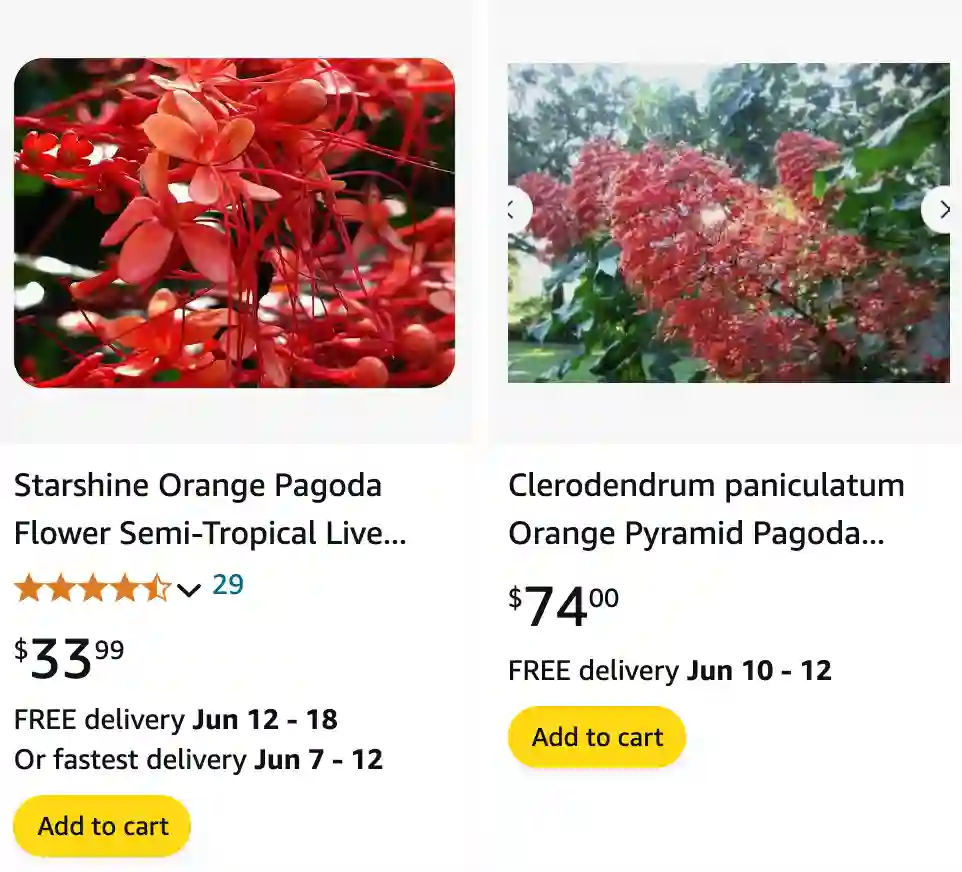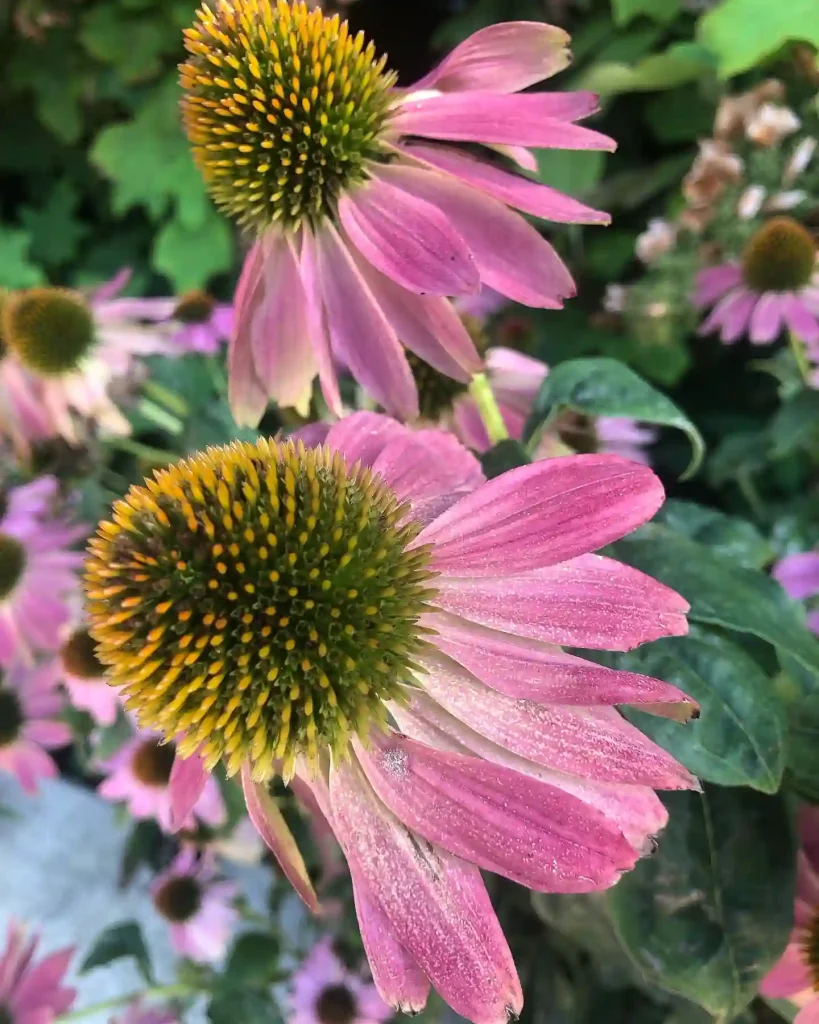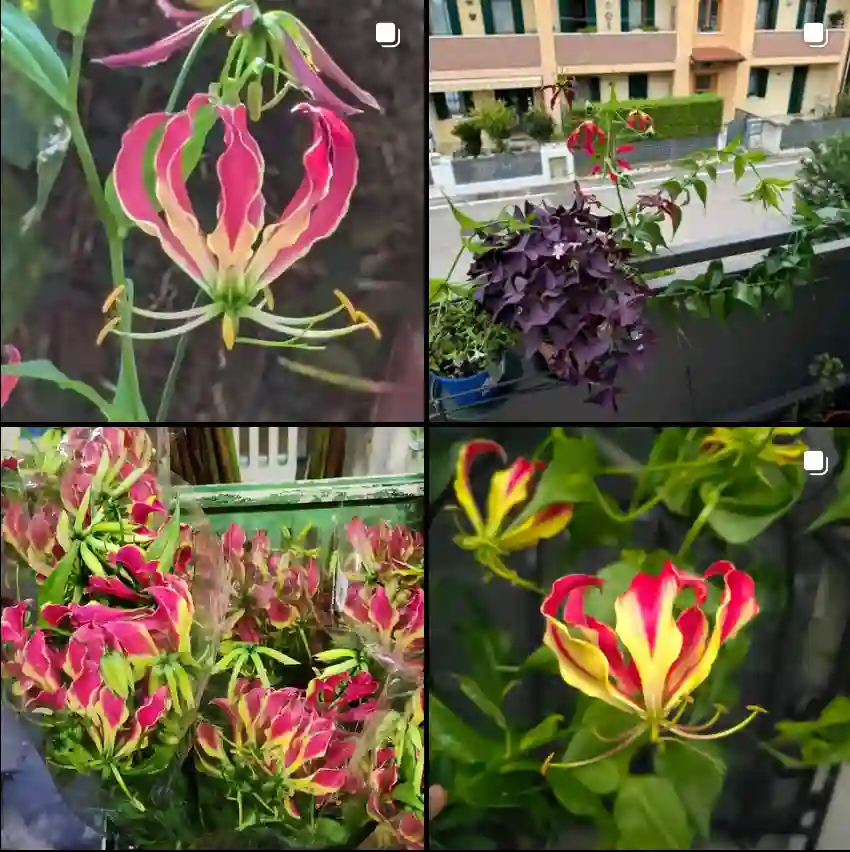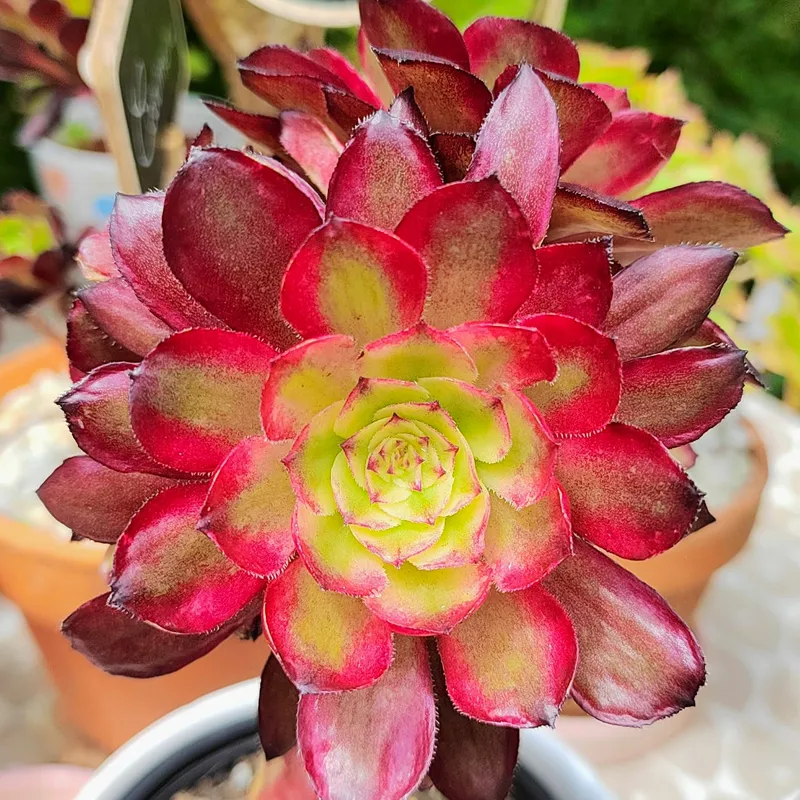
The Allure of the Pagoda Flower: My Experience with Clerodendrum Paniculatum
For years, I’d admired the vibrant blooms of the Clerodendrum paniculatum, also known as the Pagoda Flower. Its captivating flower clusters, resembling tiered pagodas, held a certain exotic charm. Finally, I succumbed to temptation and brought one home to my garden.
What followed was a delightful journey of discovery, filled with fragrant blossoms and a newfound appreciation for this easy-going plant. Now, I want to share my experience and some helpful tips for anyone considering adding this beauty to their own garden.
239 Species in Genus Clerodendrum
How to Care for Clerodendrum Paniculatum?
The Clerodendrum thrives in a sunny location with well-drained soil. In my experience, morning sun seems to be its preference. When planting, I dug a hole twice the size of the root ball and amended the soil with compost for extra drainage.
Watering is crucial, especially during the hot summer months. I water deeply when the top inch of soil feels dry, allowing the excess to drain freely. However, come winter, watering needs become minimal.
Fertilizing isn’t strictly necessary, but a light feeding during spring with a balanced fertilizer can encourage healthy growth and vibrant blooms. I opted for an organic fertilizer to keep things natural.
How to Prune Clerodendrum Paniculatum?
Pruning isn’t essential for the Clerodendrum’s survival, but it can significantly enhance its shape and flowering. I usually prune mine in late winter or early spring before new growth appears. Light pruning involves removing leggy stems and shaping the overall form.
For more dramatic results, you can perform a harder prune by cutting back the main branches by about a third. This will encourage bushier growth and even more flowers later in the season. Remember to use sharp, sterilized pruning shears for clean cuts.
Is Clerodendrum Paniculatum Poisonous?
While the Clerodendrum isn’t deadly, it’s best to consider it mildly toxic. All parts of the plant contain chemicals that can cause stomach upset, nausea, and vomiting if ingested. This is particularly important to remember if you have curious pets or young children around.
I planted my Clerodendrum in a location away from my patio where children play, and I keep an eye out for any signs of nibbling on the leaves.
Is Clerodendrum Paniculatum Safe for Dogs?
Similar to its effect on humans, the Clerodendrum can cause mild gastrointestinal issues in dogs if ingested. The berries seem to be the most problematic part.
If you suspect your dog has eaten any part of the plant, monitor them for signs of discomfort like vomiting or diarrhea. Contact your veterinarian if you have any concerns.
A Gardener’s Delight: More than Just Beauty
The Clerodendrum has become a source of joy in my garden. Its fragrant blooms attract butterflies and hummingbirds, creating a vibrant spectacle. Beyond its aesthetic appeal, it’s a relatively low-maintenance plant that rewards with minimal effort.
With a little care and attention, the Clerodendrum Paniculatum can become a treasured addition to your garden, offering a touch of the exotic and a symphony of color for months on end.
If i die, water my plants!



